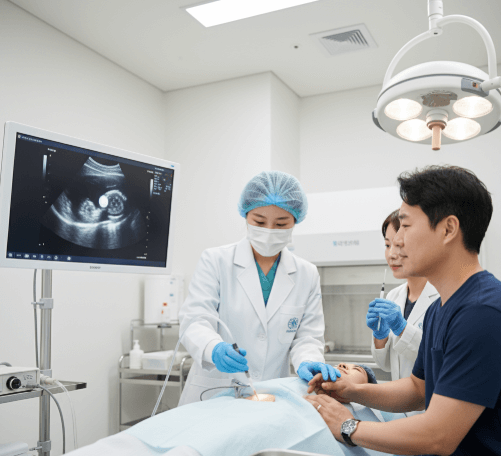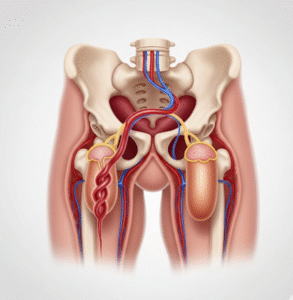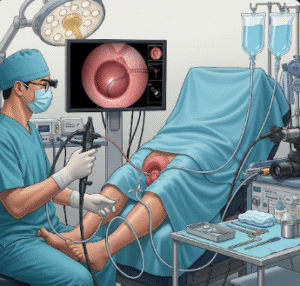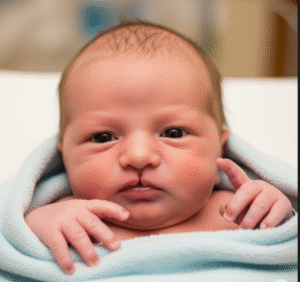What it is
Embryo transfer is the final step of the In Vitro Fertilization (IVF) process. After eggs are fertilized with sperm in the laboratory and embryos are developed, one or more embryos are carefully placed into the woman’s uterus.
✔️ Timing: Usually done on day 3 (cleavage stage) or day 5 (blastocyst stage) after fertilization.
✔️ Method: A thin catheter is used to insert embryos directly into the uterine cavity under ultrasound guidance.
✔️ Goal: To achieve implantation and pregnancy.
➡️ In Korea, embryo transfer is carried out at specialized fertility centers that are globally recognized for advanced reproductive technologies and high success rates.
Why it’s done
Embryo transfer is performed as the critical step in IVF for:
🔹 Couples with tubal factor infertility.
🔹 Women with ovulation disorders or PCOS.
🔹 Couples with male factor infertility (low sperm count or motility).
🔹 Cases of unexplained infertility after failed treatments.
🔹 Preimplantation genetic testing (PGT) cycles where healthy embryos are selected for transfer.
💡 Highlight: Embryo transfer is the culmination of weeks of preparation, medication, and monitoring in the IVF process.
Alternatives
If embryo transfer is not immediately possible, alternatives include:
➡️ Embryo freezing (cryopreservation) for future use.
➡️ Fertility preservation – storing embryos in women delaying pregnancy.
➡️ Donor embryos if the couple’s own embryos are not viable.
➡️ Surrogacy arrangements (though not permitted in Korea under current laws).
⚠️ Note: The decision between fresh vs. frozen embryo transfer is based on the woman’s health, uterine lining readiness, and embryo quality.
Preparation
Preparation for embryo transfer in Korea is carefully coordinated:
✔️ Endometrial preparation – via natural cycle monitoring or hormone replacement therapy (estrogen and progesterone).
✔️ Ultrasound checks – to ensure proper uterine lining thickness.
✔️ Embryo selection – based on grading and, in some cases, genetic testing.
✔️ Lifestyle preparation – nutrition, supplements, and stress management.
✔️ Emotional readiness – counseling support, as embryo transfer is emotionally significant.
💡 Tip: Korean clinics emphasize timing and precision, as the endometrium must be perfectly synchronized with embryo development.
How it’s done
Embryo transfer in Korea follows a gentle and precise process:
- Embryo thawing (if frozen)
- Vitrified embryos are carefully thawed before transfer.
- Embryo loading
- Selected embryos are loaded into a thin, soft catheter.
- Transfer procedure
- The catheter is guided into the uterus with ultrasound monitoring.
- Embryos are gently released into the uterine cavity.
- Post-transfer rest
- The procedure is quick and painless, usually lasting 10–15 minutes.
- Women rest briefly before resuming normal activities.
- Luteal phase support
- Progesterone supplementation is provided to help implantation.
💡 Highlight: Korean fertility centers use advanced imaging and lab technology, ensuring embryos are handled with maximum safety and precision.
Recovery
Recovery from embryo transfer is minimal:
✔️ Normal activities can usually be resumed the same day.
✔️ Mild cramping or spotting may occur.
✔️ Two-week wait before a pregnancy test (β-hCG).
✔️ Emotional stress is common during this waiting period.
When to contact a doctor:
➡️ Heavy bleeding or severe abdominal pain.
➡️ Fever or infection symptoms (rare).
➡️ Concerns about medication side effects.
💡 Important: Korean clinics provide regular follow-up and supportive counseling, especially during the anxious waiting period.
Treatment option in Korea
Korea is a leading destination for embryo transfer due to:
⭐ High IVF success rates with state-of-the-art embryology labs.
⭐ Highly skilled specialists with global training.
⭐ Affordable treatment packages compared to Western countries.
⭐ Integration of embryo freezing, genetic testing, and fertility support programs.
⭐ Multilingual medical services for international patients.
💡 Highlight: Embryo transfer in Korea combines precision, technology, and compassionate care, giving patients a higher chance of successful pregnancy.
Key Highlights
✔️ Embryo transfer is the final step of IVF, placing embryos into the uterus.
✔️ Preparation involves endometrial lining checks, hormone support, and embryo selection.
✔️ Procedure is simple, painless, and takes only minutes.
✔️ Recovery is quick, with only minor side effects in most cases.
✔️ Korean fertility centers provide advanced, affordable, and supportive embryo transfer care.













